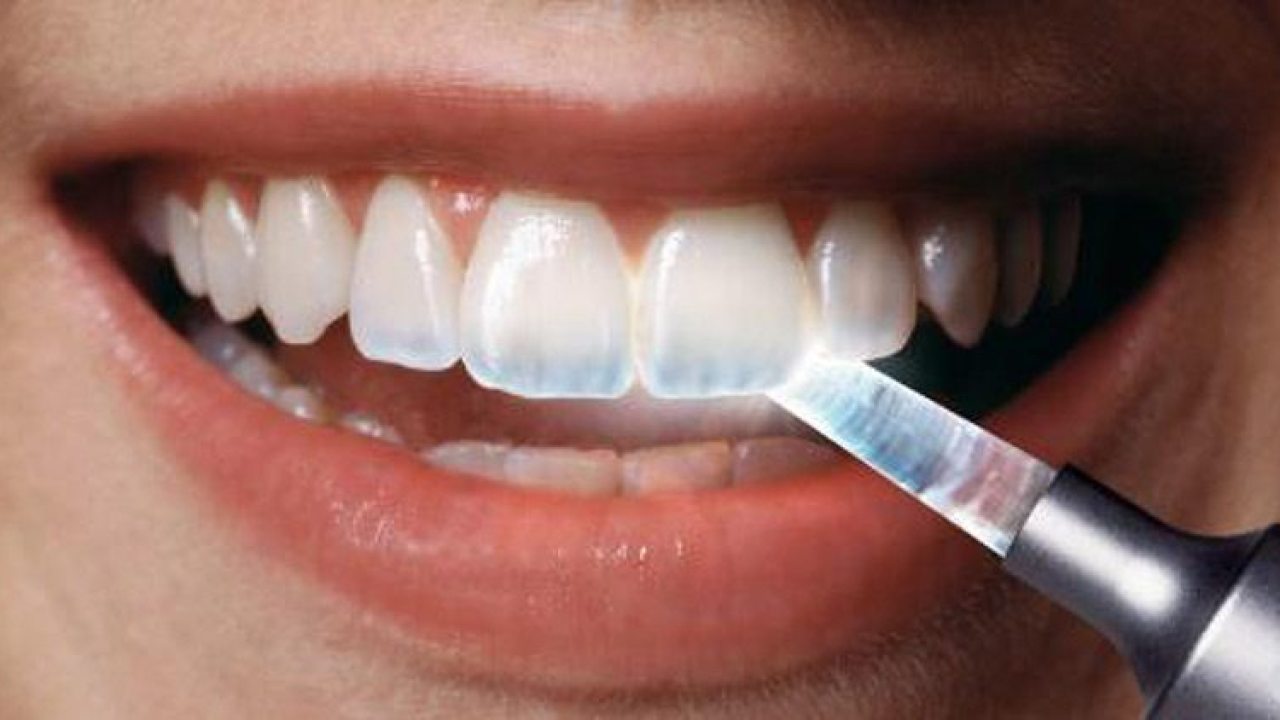The teeth of children (1-2 years) usually break down easily or grow out of control before turning into permanent teeth. Adult (13-40 years) often experience loss of teeth, causing pain. The most dominant factor leading to tooth decay is an imbalance between the consumption of food with potential to damage teeth. The remaining food stuck between the teeth will accumulate within a certain period so the acidity becomes high and triggers the appearance of microorganisms. These food usually contain high acidity, sugar levels, and the it is too hot or cold.
The dental material has a hard tissue structure of enamel, dentin, and cementum. Enamel contains 90% – 92% inorganic material (hydroxyl apatite) and 6% organic matter and water. The composition of dentin consists of 75% inorganic material (hydroxyl apatite), 20% organic material, 5% water, and other materials. However, cementum contains 45% -50% inorganic material (hydroxyl apatite) and 50% – 55% organic matter and water. The main composition of the dental material is hydroxyl apatite.
Sample preparation
Dental materials based on age were classified, children (1-2 years), adults (13-40 years), and the elderly (41-70 years), each of which was taken 5 (five) cores. Teeth are taken from unused teeth (healthy, whole teeth that are extracted due to orthodontic treatment requirements. The tools used for sample preparation include refrigerators, diamond teeth drill, cutters, drill bits, calipers, and trimming machines.
The test samples were dental material categorized for age (children 1-12 years), adults (13-40 years), and parents (41-70 years) with no caries and tooth enamel abnormalities. Each sample will be cut into 3 parts using the edentate tooth cutting tool. Every piece of dental material is cut and tested. Teeth at the age of children that have been cut was tested for micro test 1 part, for thermal test 1 part, and for mechanical test 1 part. Likewise, teeth for adults and parents get the same treatment.
After extraction, the enamel plate is made by cutting the dental crown. Moreover, the enamel is cut to a thickness of 2 mm, a diameter of 1 cm perpendicular to the tooth axis, and the surface of the enamel is smoothed and the length, width and thickness are measured according to the American Standard for Testing and Materials (ASTM). Samples were washed and immersed in distilled water in the refrigerator at 4 ºC – 6 ºC to avoid damage.
Sample properties
Micro samples were used with X-ray diffractometer, then characterization of the differential thermal analysis for temperatures done at 190 ºC – 1600 ºC with setting speed ranging from 1-50 min / ºC. The sample (tooth enamel) is attached in an upright position. The temperature exposed for 2 hours is intended to determine the melting point of the teeth or cracks in the teeth when they receive heat stimulation. Tooth samples that had been given heat treatment were marked, named, and stored in a sterilized place. Then for hardness measurement, Vicker’s Micro-hardness Test Future Tech FM 7 was used.
The results of the micro test showed that the mineral composition was hydroxyapatite, fluorine apatite and calcium phosphate hydrate. Hydroxyapatite is a mineral crystal that forms enamel and dentin. Nearly all apatite crystals are naturally small and less developed as seen from a less sharp diffraction pattern image.
Analysis of thermal properties using DTA was carried out to determine the ability of tooth enamel to temperature. Initially, the temperature of the sample and comparison is the same until an event occurs that results in a change in temperature. From the data obtained, tooth enamel is able to withstand heat for a long time when entering the age range of 13-40 years and in the 41-70 year age range, tooth enamel undergoes a phase of the transition process and melts faster than adult teeth because hydroxyapatite makes tooth enamel harder and hydroxyapatite increases as you get older. Heating the enamel and dentin causes physical and chemical changes that affect the acid pressure.
Older teeth melt or crack more quickly due to the low water content in tooth enamel. Tooth enamel shows better heat stability than dentin especially in the presence of fluorine formation. Based on the results of both mechanical tests, the hardness and compressive strength values tend to increase until the age of 40 years. From the micro-test results, the mineral content of hydroxyapatite increases with age and also in children to adults. The study shows that the level of hardness and strength of teeth tends to increase due to an increase in the compound hydroxyapatite and the percentage of fluoride apatite in children and adult teeth towards cementum. It makes the impact on mechanical strength tends to decrease.
Author: Prihartini Widiyanti
The full article can be viewed on the following link
https://medic.upm.edu.my/upload/dokumen/2020070611211310_MJMHS_0153.pdf





